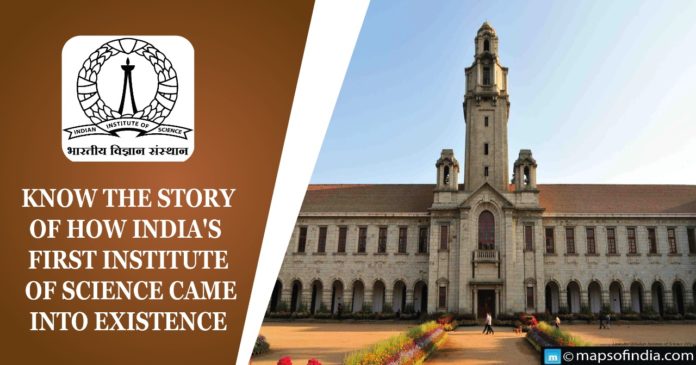India celebrates January 12 as National Youth Day, marking the birth anniversary of Swami Vivekananda. He is a known personality worldwide, and his philosophy is motivating and capturing. He devoted his life to nation-building, and his work and words Inspire the young blood today.
His famous speech at Chicago World Religion Congress in 1893 is an unforgettable moment for all Indians today as that moment brings the ride to every Indian today.
The philosophical Swami Vivekananda dreamed of an actual Indian society with remarkable industrial capacity; JamsetJi Tata, Renault Indian Industrialist, aspired to the same dream. Thus, their plan to establish India as an industrial power paved the way for” India’s first Institute of Science”.
The shared dream
By the time Vivekananda died in 1902, there was still an ongoing feeling of tolerance and acceptance of British rule in India. There was no active Indian freedom struggle in the same year. However, before his demise, Vivekananda believed India should and will adapt the spirit to be independent soon.
On May 31, 1893, a ship sailed from Japan to Vancouver, and two of India’s renowned personalities, JamsetJi Tata and Swami Vivekananda, were travelling on the same ship. They were off to an industrial exhibition and World religious Summit, respectively, while having long talks on various issues and shared their vision. Jamshedji Tata shared his research on different equipment to turn India into an industrial power.
Swami Vivekananda was inspired by Tata’s dreams of turning the face of India and appreciated his thoughts. Swami Vivekananda identified himself as a man of the same vision that Tata upholds. Vivekananda shared his dream to make India self-reliant by creating employment through industrialization, and he also stressed the importance of introducing science and research to Indians. Tata, too, was of a similar opinion about establishing a science and research centre in India.
After five years, Tata’s proposal to establish Indian Institute for science and a research wing on India’s history and languages was rejected by then English Viceroy Lord Curzon. Swami Vivekananda was too busy with the Ramakrishna mission and couldn’t take charge or join Tata. Lord Curzon blatantly dismissed the proposal as he believed Indians could not take up scientific experiments or understand modern science and research. So. Tata was left helpless and turned down the project.
Vivekananda and tata left the world before the dream came true. However, Swami Vivekananda’s devoted student Sister Niveditha carried the lost dreams forward. She managed to make then viceroy Lord Minto accept the proposal, and finally, in 1909, India’s first Institute of Science was established in modern-day Bangalore. Krishna Raj Wadiyar (follower of Swami Vivekananda), son of then Mysore King Chamaraju Wadiyar, donated massive 370 acres of land and made the shared dream of Vivekananda and Tata a reality.
This step was just the beginning of India’s attempt to grow in the field of Science and Research. It paved the way for other institutions to develop and made the impossible possible.




